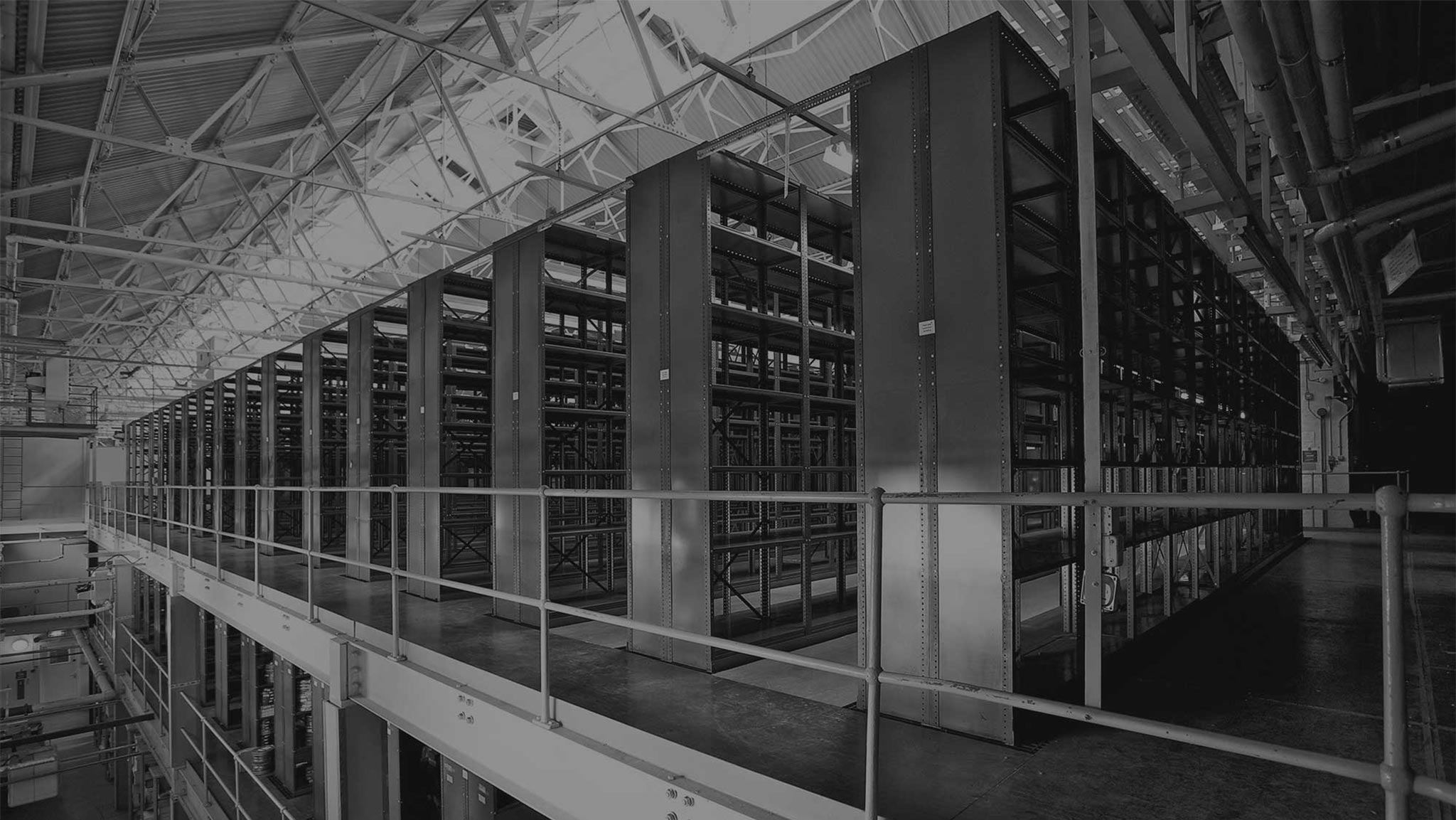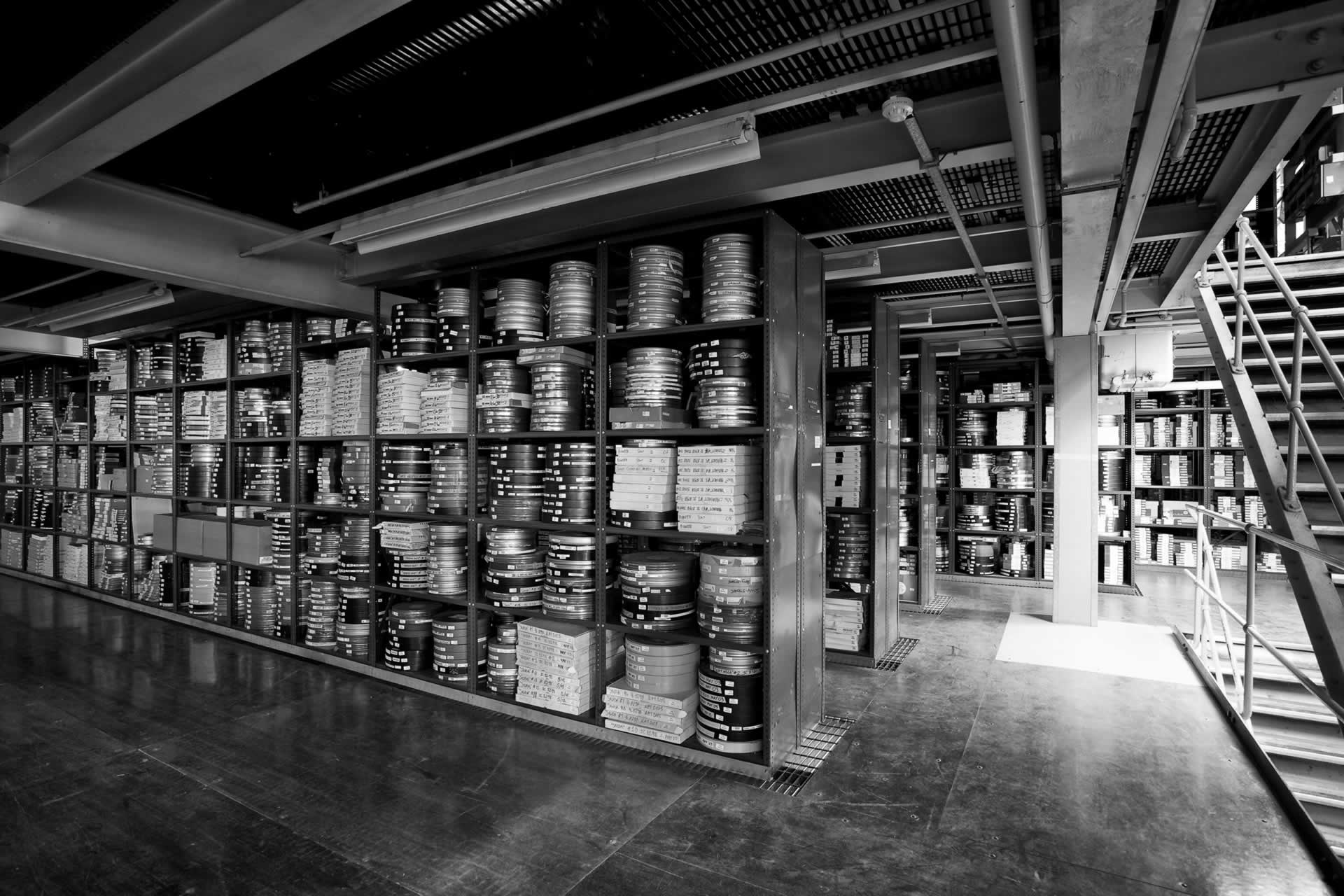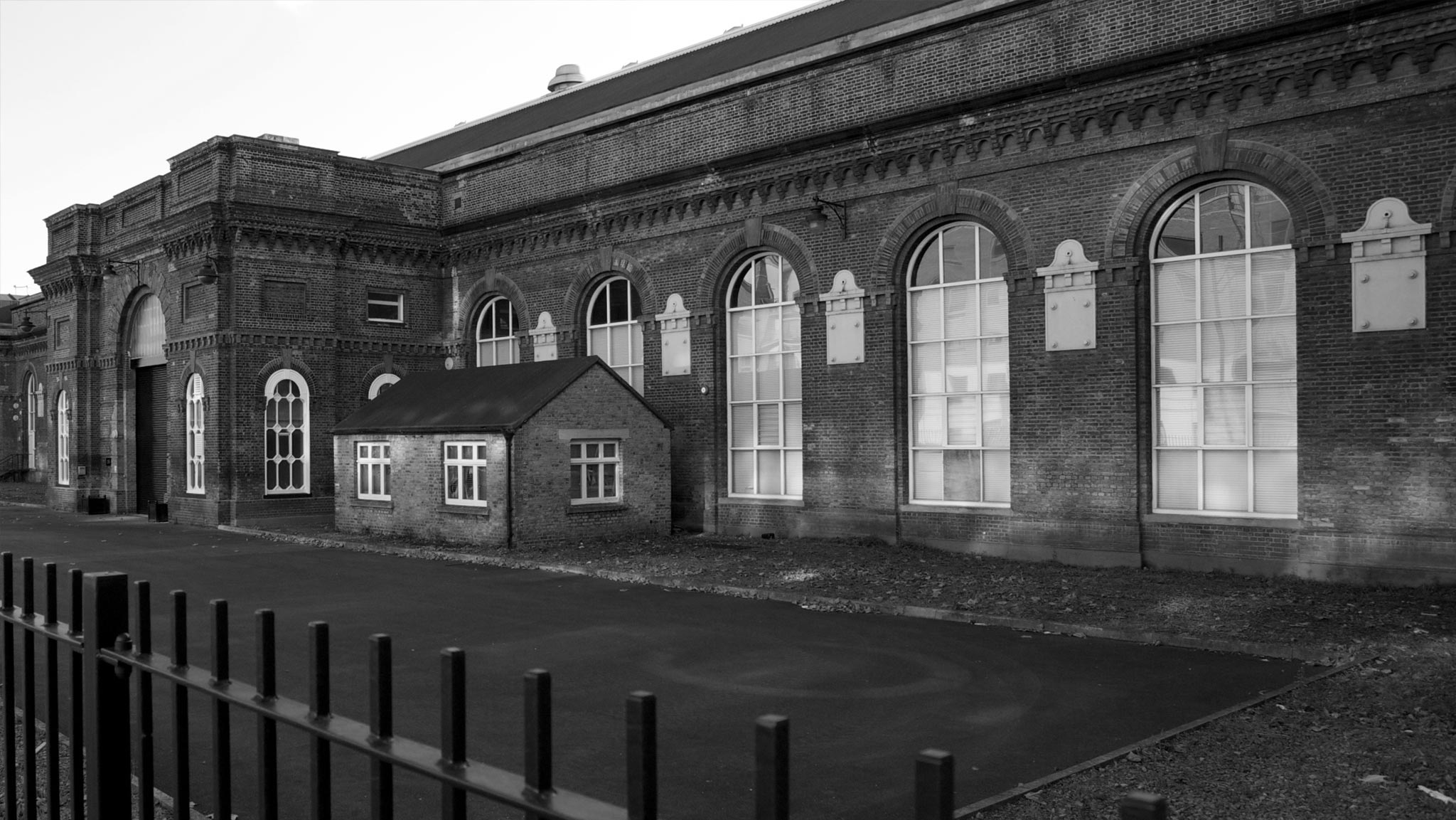How Long Do Negatives Last & How Should You Store Them?
Despite our photos and films largely being migrated to the digital world these days, many still choose to stick with the original methods of capturing moments on film – perhaps from a fear of technology, or maybe for the romanticism of holding on to the past.
Should you be among those who use film rather than digital, there no doubt comes the worry of how well protected and durable your celluloid memories are. With negatives being so small, delicate and flimsy, it can be all too easy to lose or damage them.
Luckily, negatives – provided they are stored correctly – can last for many years. Research from Kodak showed that it’s possible for negatives to stay in near-perfect condition for more than a thousand years if given the right care and protection.
In this edition of our blog, we’ll explain how you can keep your negatives safe, and free from damage & deterioration.
How long will negatives last?
If negatives are stored correctly, they can remain intact for 1,000 years or more. To do this, they would need to be in an environment that is moisture-free, without light exposure and where temperatures remain at around 32 degrees Fahrenheit. This is perhaps cooler than you might expect. 32°F equates to 0 degrees Celsius, so for optimal negative storage, you’ll need conditions to be relatively cold.
However, in most cases in the home or workplace, we don’t have anything that stays at a steady 0 °C – the fridge aside, perhaps.
Most of the time, we store things such as film negatives in a cupboard, in the loft, under the stairs, or maybe in that miscellaneous bottom drawer.
The issue is that these kinds of environments, whilst easy to access, are not always best for preserving precious strips of celluloid.
As a result, you could expect a lifespan of approximately 50 years, a far cry from the timeframe mentioned above.
Why the drop off?
Exposure to mould
If your negatives are sitting at the bottom of a cupboard or in an attic, possibly a little damp, this is where mould can thrive. The problem with mould is that it slowly creeps up on you. Your negatives will gradually fall prey to it, and as it begins to spread, it starts to destroy these treasured possessions. You could see their lifespan reduced to as little as 20 years in some cases.
Too much sun
If you’ve already decided that the bottom of the wardrobe or the far recesses of the loft are no place for your negatives, you might have other plans. However, steer clear of leaving them on the windowsill or in areas exposed to sunlight. The sun causes damage, and whilst it may not be as quick to take effect as mould, it’ll reduce the lifespan of your negatives by around 950 years when compared to ideal storage solutions.
Contact with humans
Negatives are delicate, and even the slightest contact can render them useless. Simply touching your negatives to have a closer look, or to move them from one place to another, risks the oils from your skin to start to cause havoc with the quality of the photos. This deterioration is perhaps the fastest of all, and even though it may take ten years for the damage to become fully apparent, they can become severely damaged almost straight away.
How to clean film negatives
You can extend the life of your film negatives by giving them a clean. This should be done with care. Where an aggressive scrub may make some things look good as new, the same can’t be said for something as delicate as negatives. You’ll need to be gentle and only use suitable materials; otherwise, you might find that you shrink the lifespan of your negatives even more.
Use compressed air
You shouldn’t opt for high power when choosing to use compressed air – remember just how fragile your negatives are. Instead, use a gentle approach to help free up any dust or debris that may be stuck to your negatives.
With alcohol
Before reaching for the spirit cupboard, not all alcohol can be used on negatives to clean them up. You’ll need something high strength, but this doesn’t mean absinthe. 98% isopropyl alcohol would be your best option. Gently apply it to the negatives to help remove any dirt or marks. It dries fast, meaning you won’t be left with any streaks or stains. Choose a lower strength of alcohol, and you’ll find that due to its higher water content, spots, stains and streaks are likely to increase rather than vanish.
Wear gloves
This is an important starting point; wearing gloves as you clean the negatives is essential. As with alcohol, the type of glove matters here. If you don your finest winter warmers, you’ll soon find your negatives are attracting threads and debris.
Instead, wear some lint-free gloves so that the only thing left behind on the negatives is the photo and perhaps a small trace of your cleaning effort.
Don’t soak the negatives
Alcohol will work wonders in cleaning your negatives, but only if you apply it properly. Soaking your negatives could risk them becoming damaged beyond repair. Instead, dab a small amount of the alcohol onto the negative and gently wipe it with a lint-free cloth.
Allow them to dry
Once you’ve cleaned your negatives, you still need to take appropriate levels of care to make sure your work doesn’t go to waste. Allow them to dry out in a well-ventilated room, keeping them away from dust and other debris. Also, remember that sunlight is not a negative’s friend, so don’t leave them outside as a quicker way to get them dry.
How should I store my negatives?
If you feel the workplace or home could be too risky for the safe storage of your important negatives, it could be worth speaking to the team at a specialist storage facility. At Stockroom London, for example, our dedicated media storage solutions give you the perfect option for all forms of media storage.
Should you still decide to store them at home or in the workplace, keep them free from too much light exposure, high temperatures or damp surroundings. Then, you’ll be able to enjoy them for years to come – as long as you follow the tips covered here.
Whether it’s film negatives, print cans, hard drives or LTO tapes, our specialist facility allows for their safe and secure long-term storage in London. Find out more by speaking to our team today.




